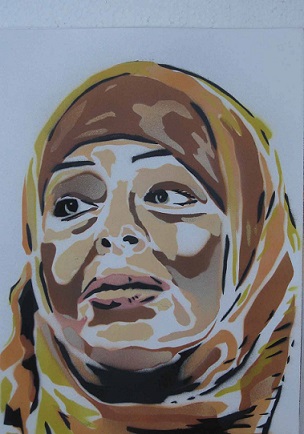Discover the magical artistic vibes of Borgo di Cannistrà and Borgo Parrini: two hidden treasures of Sicily
In the heart of the picturesque Sicilian landscape, lies two precious gems: Borgo di Cannistrà, and Borgo Parrini. The witnesses of an artistic and cultural renaissance that has captured the attention of visitors from every corner of the world.
[Best_Wordpress_Gallery id=”292″ gal_title=”arte Borgo Cannistrà e Borgo Parrini”]
Borgo di Cannistrà: an oasis of creativity and colors
Surrounded by the rolling hills of the province of Messina, Borgo di Cannistrà shines as an authentic jewel for lovers of art and beauty. With only 300 residents, it stands just a few kilometers from Barcellona Pozzo di Gotto. This hamlet enjoys an enviable location facing the beautiful Aeolian Islands, but it is its community that makes it truly special; surrounded by a green landscape of olive groves, Cannistrà has undergone an extraordinary transformation thanks to the efforts of its Cultural Association, founded in 2011.
The collective ferment was born from an initial revolutionary initiative: cleaning the village every first Saturday of the month. What began as a simple gesture of local improvement has sparked a series of events that have transformed Cannistrà into a veritable open-air museum, enriching it with some 80 works of contemporary art: murals, mosaics, and art installations adorn every corner, while light poles and refrigerators have been transformed into one-of-a-kind works of art.
Painted light poles and refrigerators turned into bookcases are just a few examples of how decay has been replaced by beauty, thanks to the urban art that characterizes this charming area.
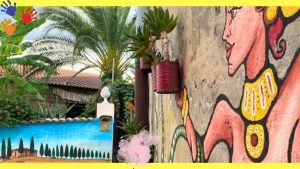
This model of active involvement and participation has demonstrated the power of art and culture in promoting sustainable community development; today Cannistrà is not only a place where the beauty of art blends with nature but has also become a living example of how collective engagement can positively transform urban spaces.
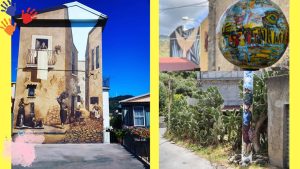
We will not dwell on the precise locations of individual works, because the real beauty in these cases is in immersing oneself in the alleys, being enchanted by the murals and installations scattered here and there.
It doesn’t end here… Borgo di Cannistrà is not only an open-air museum: it is also a place steeped in history and tradition: the ancient churches and centuries-old alleys tell stories of a past full of charm and mystery, while the quiet little squares offer a haven of peace and serenity. All that remains is to go and visit it, but in the meantime, we introduce you to another example of Sicilian redevelopment…
Borgo Parrini: a timeless cultural experience
Borgo Parrini, another gem of Sicilian art; similar to Borgo di Cannistrà but with a charm all its own, this ancient village is now famous for its imaginatively Gaudi-inspired architecture and vibrant cultural life.
Houses painted in the colors of the sea and the sun welcome visitors with a unique warmth, while murals and quotes from poets and artists on the walls convey a message of peace, love, and hope. Borgo Parrini is a place where art and beauty blend with history and tradition, creating a magical, enveloping atmosphere that wins the hearts of anyone who visits.
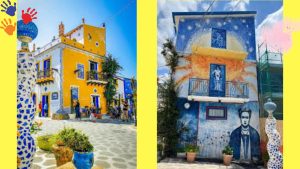
Before talking about art, the history…
Borgo dei Parrini was born in the early 1600s, when the priests of the Society of Jesus, called “parrini” in Sicilian dialect, decided to buy land near Partinico.
In the early 1700s, the Jesuits built watchtowers, several warehouses, houses for settlers and laborers, and even a small church dedicated to Mary Most Holy of the Rosary.
After the suppression of the Jesuit Order, ownership of the hamlet passed to French Prince Henri d’Orléans, Duke of Aumale, who arrived here to produce the “Moscatello dello Zucco“. Around the middle of the 19th century, the hamlet was mostly inhabited by the workers employed in his thriving winery (about three hundred).
It would be the years after World War II that marked the decline of the small rural center, abandoned by the population that moved to the cities; a crisis that lasted until the late 1990s, when, through the initiative of Giuseppe Gaglio, a rebirth still in progress began, involving the small community.
The old houses were renovated and over the years the village was enriched with bright colors, majolica, ceramics, and terracotta. A joyful and unique style inspired by the visionary language of Gaudi, but also by Portuguese, Greek, Arab, and Sicilian traditions. Numerous collections can be observed as well as workshops of artists and artisans that are open to the public and where one can “touch” the talent and tradition of the area.
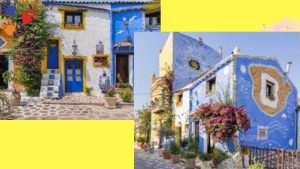
Both of these villages are witnesses to an extraordinary rebirth that has transformed decay into beauty and breathed new life into once-abandoned communities. With their unique atmosphere and rich and varied cultural heritage, Borgo di Cannistrà and Borgo Parrini represent two must-see destinations for anyone wishing to discover the true spirit of Sicily.
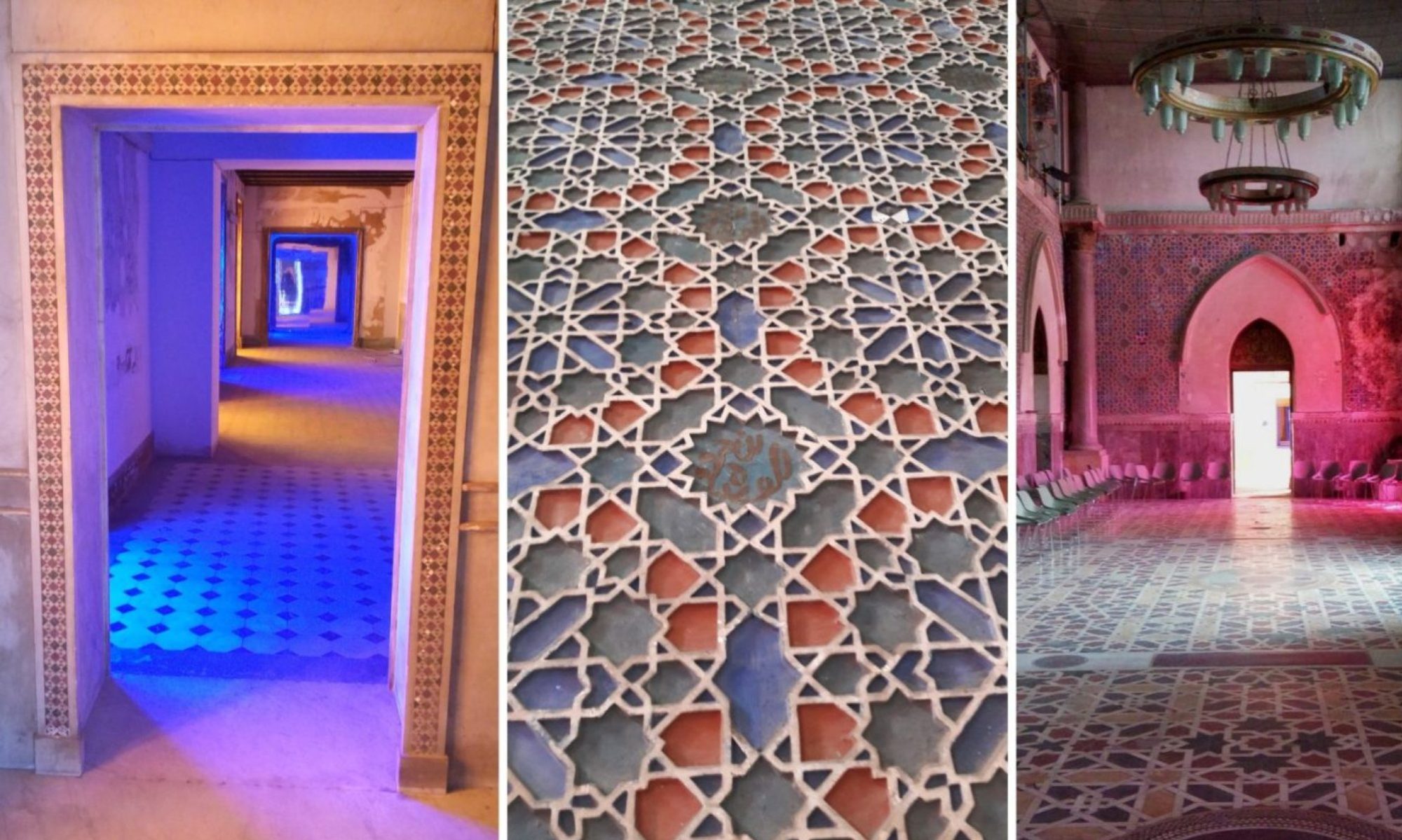

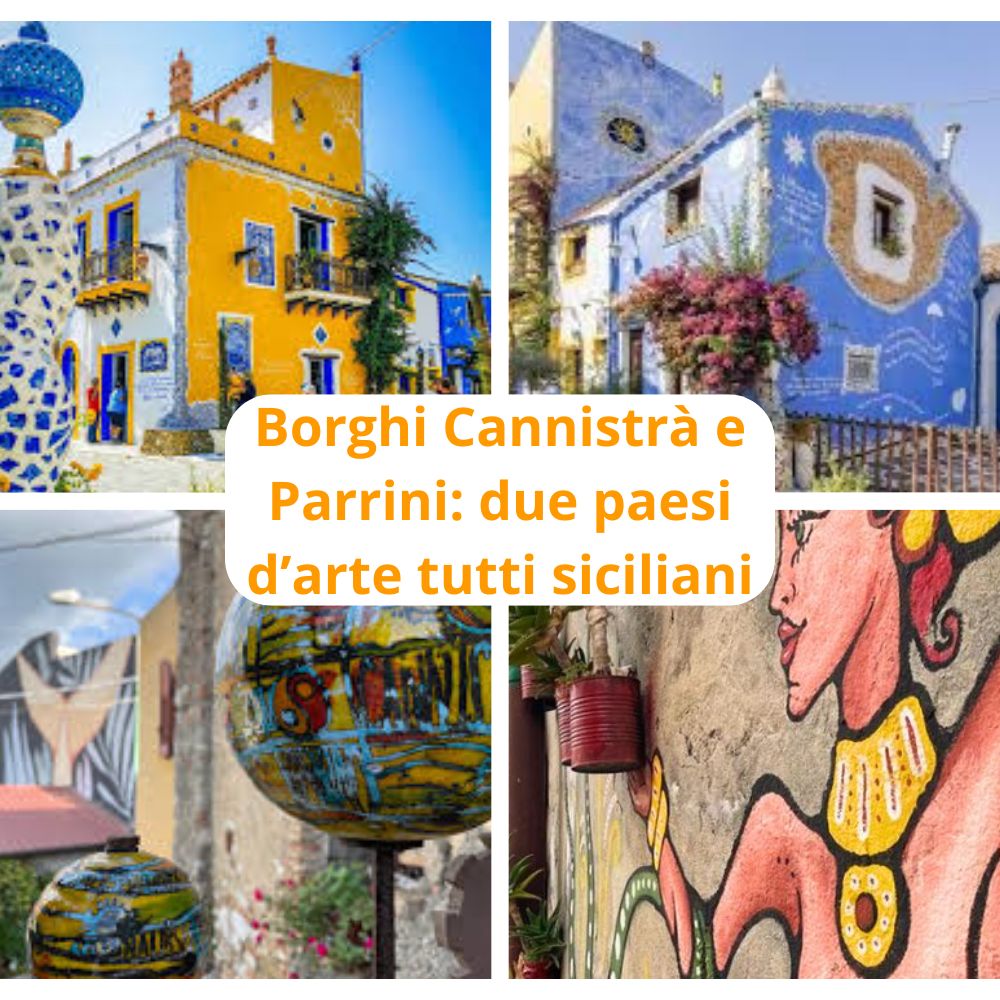
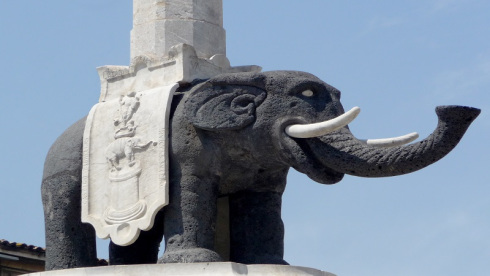
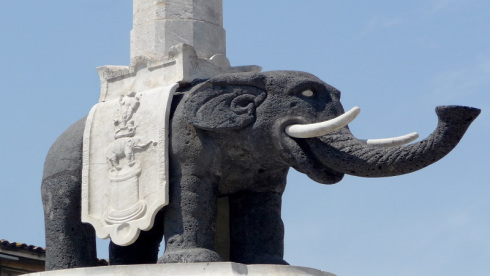
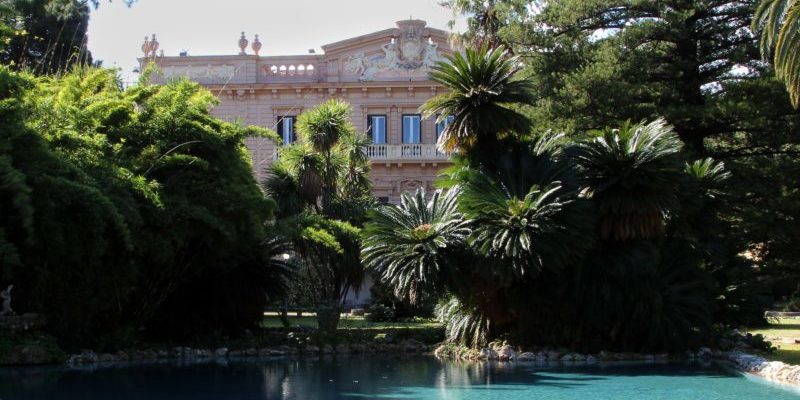
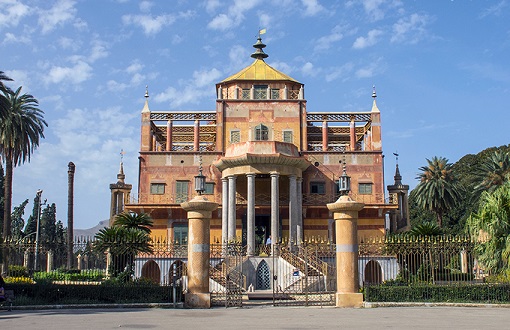
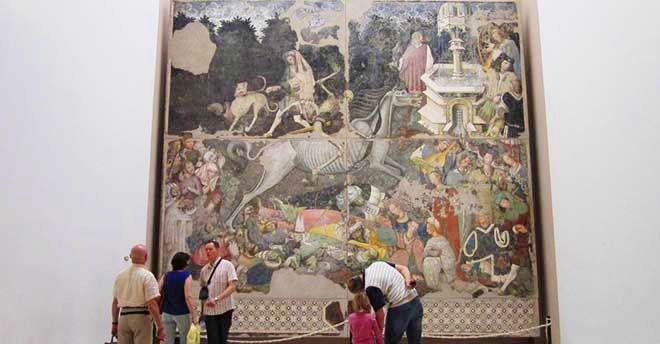
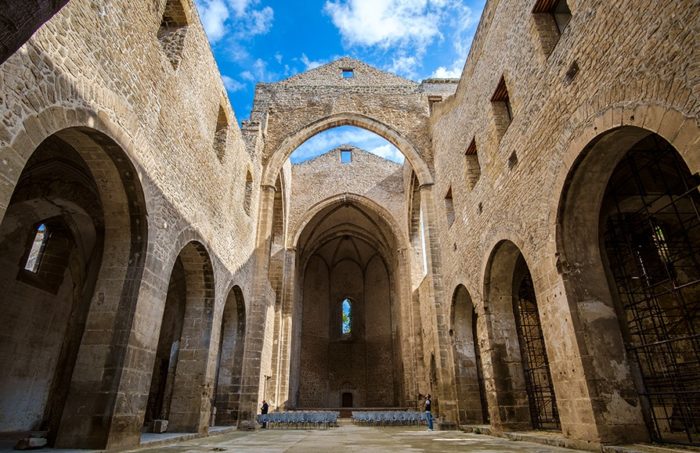
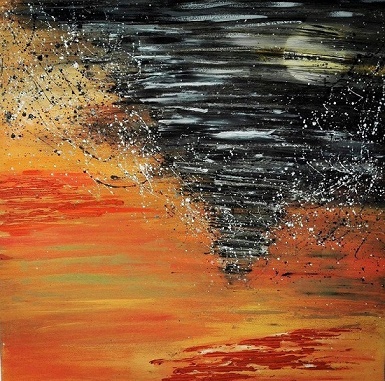
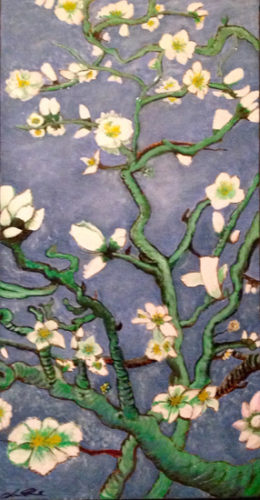
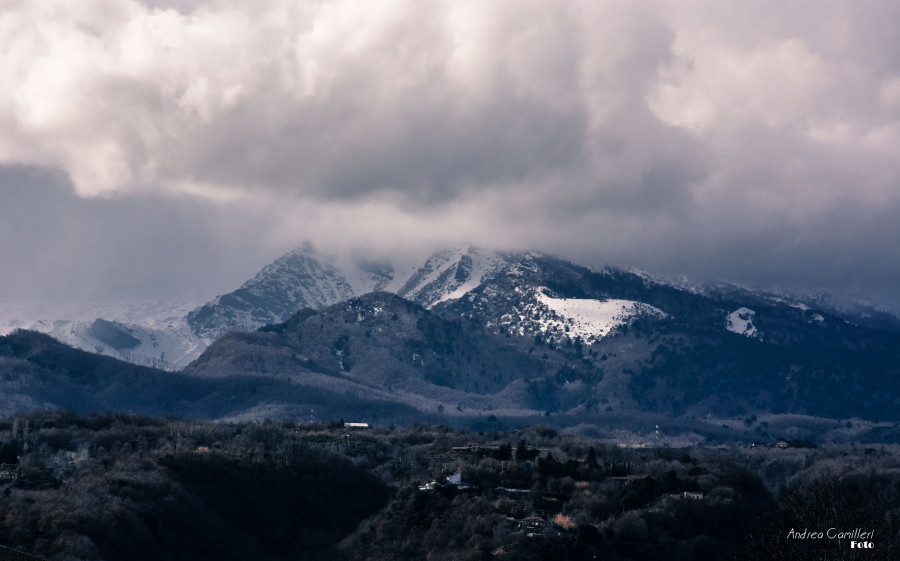
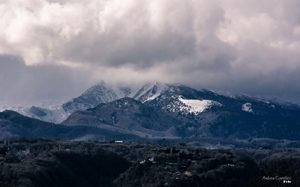
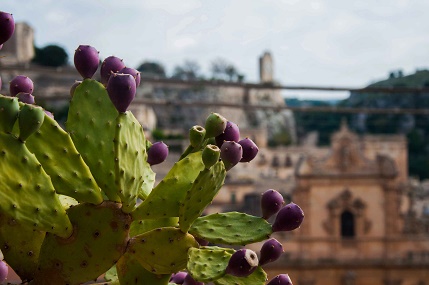

 Il giovane artista emergente siciliano Fabio Megna nasce a Palermo nel 1993. Attualmente frequenta il biennio specialistico all’Accademia di Belle Arti, dove nel 2016 consegue il titolo di diploma accademico di primo livello.
Il giovane artista emergente siciliano Fabio Megna nasce a Palermo nel 1993. Attualmente frequenta il biennio specialistico all’Accademia di Belle Arti, dove nel 2016 consegue il titolo di diploma accademico di primo livello.

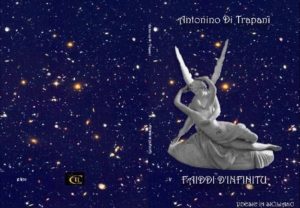 Com’è la vita di un giovane poeta siciliano nel 2017?
Com’è la vita di un giovane poeta siciliano nel 2017?
 Gianluca Patti è un giovane artista emergente siciliano che ha intrapreso l’arte della fotografia da autodidatta, studiando sui libri e facendo tanta pratica. Gianluca fotografa per passione.
Gianluca Patti è un giovane artista emergente siciliano che ha intrapreso l’arte della fotografia da autodidatta, studiando sui libri e facendo tanta pratica. Gianluca fotografa per passione.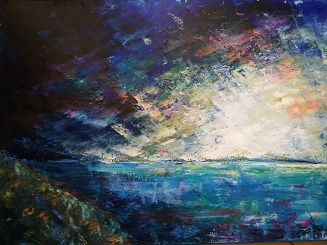
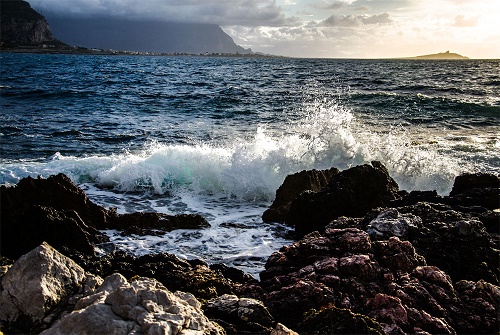
 la nasce a Palermo nel 1984.
la nasce a Palermo nel 1984.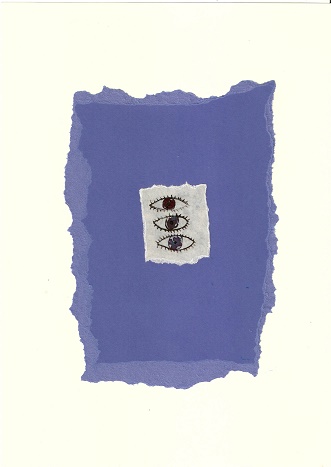
 la giovane artista emergente siciliana Sabrina Rosalia Mancini.
la giovane artista emergente siciliana Sabrina Rosalia Mancini.
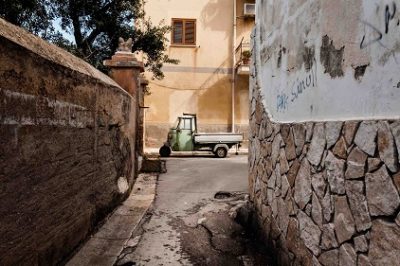
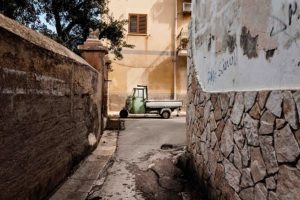
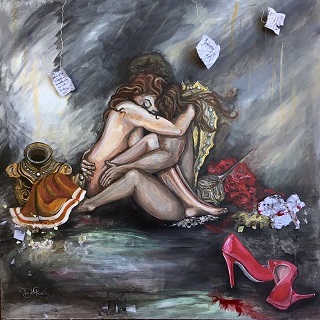
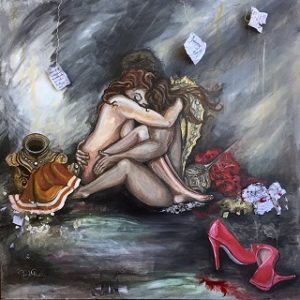
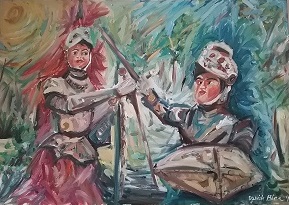
 e firma le sue opere di pittura utilizzando il nome d’arte Davy.
e firma le sue opere di pittura utilizzando il nome d’arte Davy.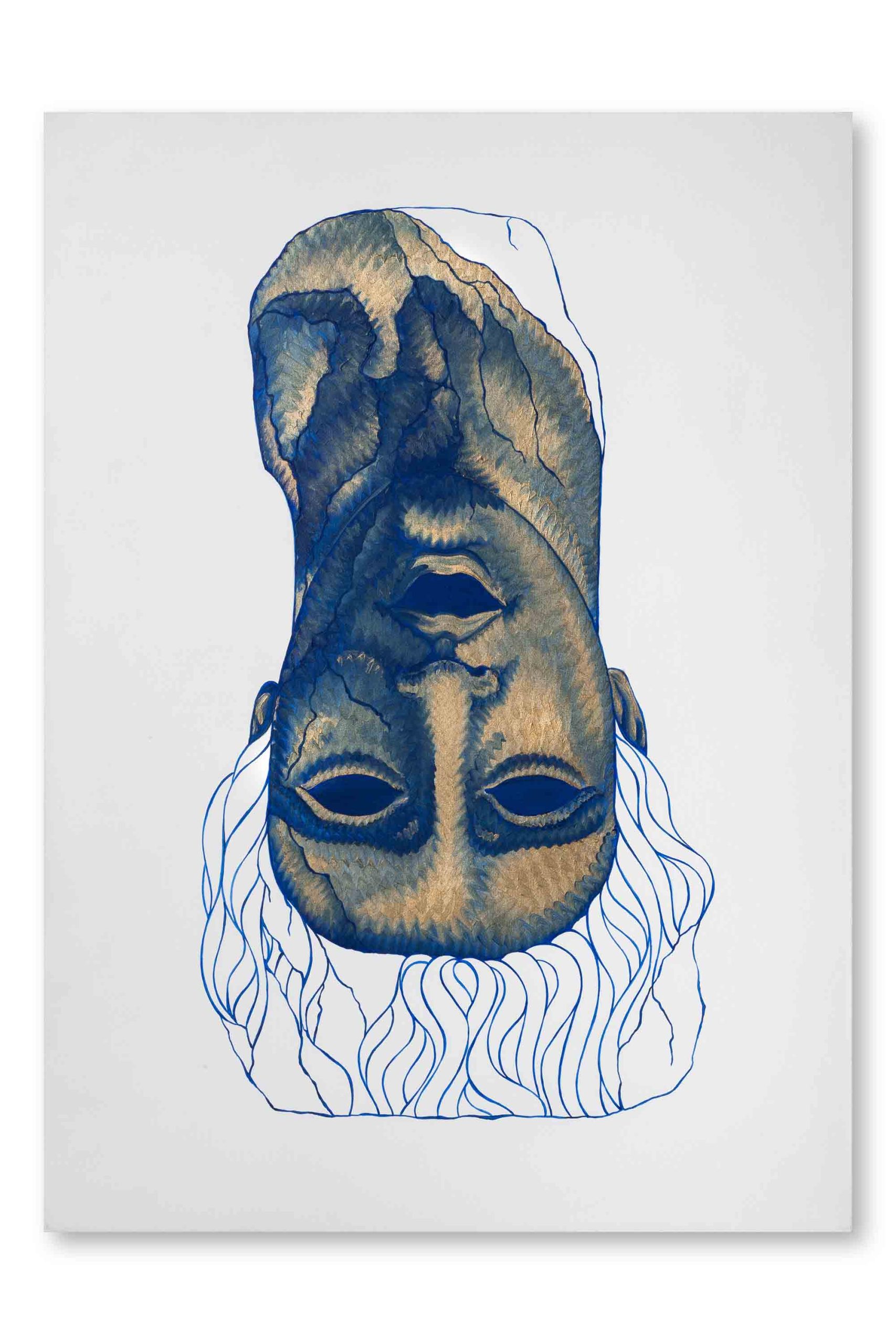
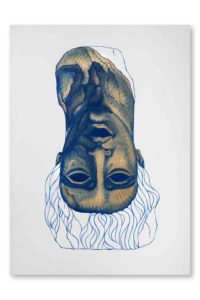 , siciliano per appartenenza; vive tra la Lombardia e la Sicilia.
, siciliano per appartenenza; vive tra la Lombardia e la Sicilia.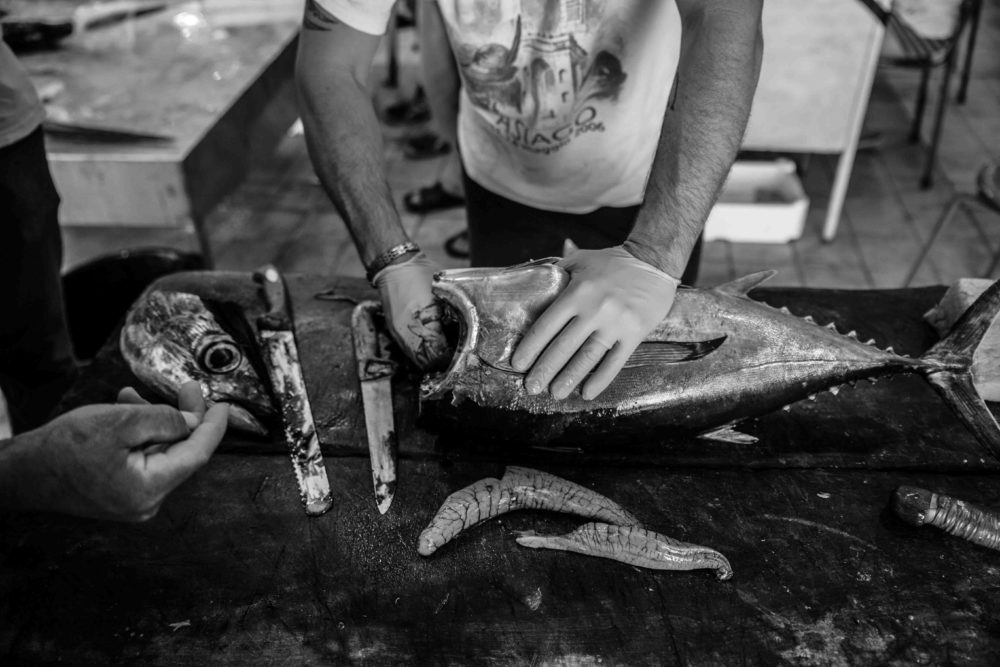
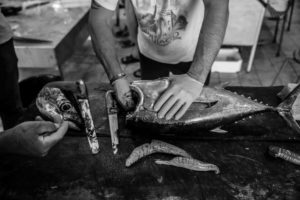 te siciliano Camillo Campisi nasce a Caltanissetta il 24 novembre del 1992.
te siciliano Camillo Campisi nasce a Caltanissetta il 24 novembre del 1992.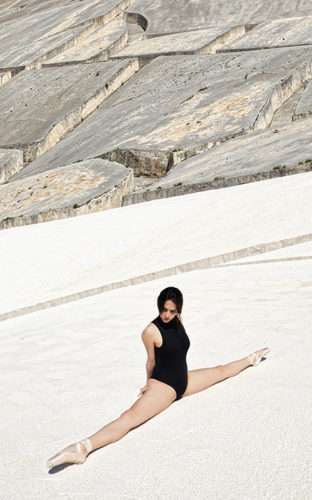
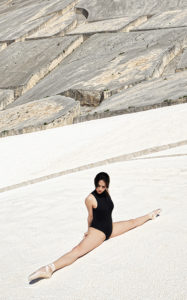 nici oltre ad essere un artista emergente è anche architetto, o meglio un progettista. Marco considera la fotografia come uno degli strumenti di progetto. Tra tutti gli strumenti di progetto quello che predilige è proprio lo scatto.
nici oltre ad essere un artista emergente è anche architetto, o meglio un progettista. Marco considera la fotografia come uno degli strumenti di progetto. Tra tutti gli strumenti di progetto quello che predilige è proprio lo scatto.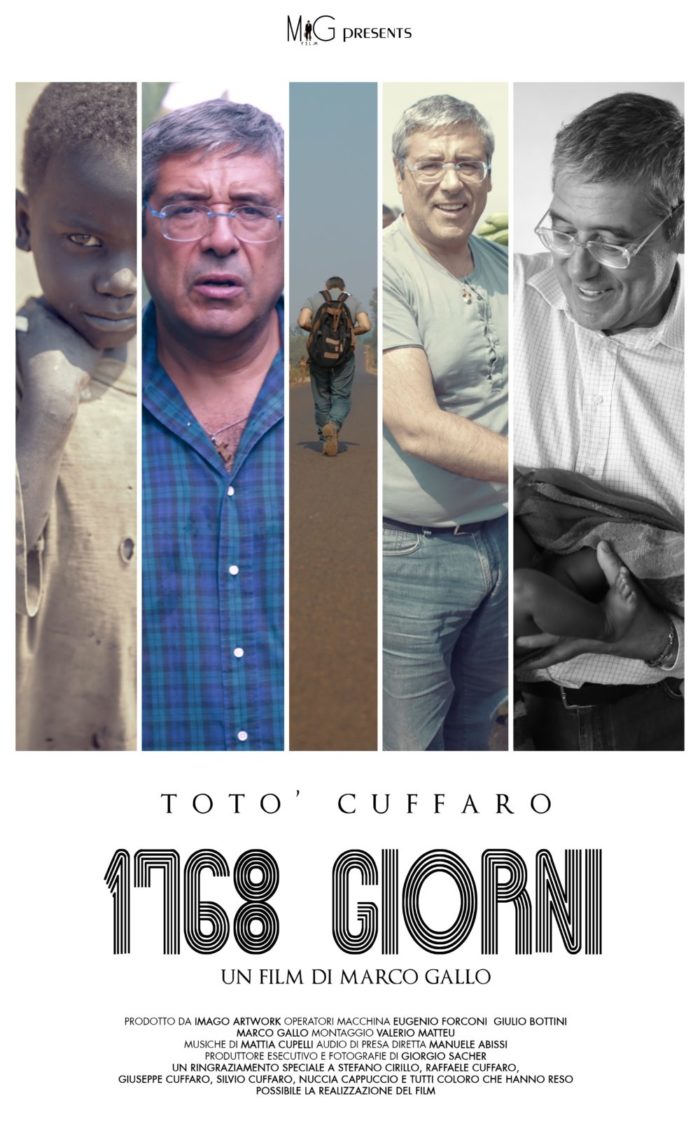
 I wanted to write beautiful and charming but over the years something has gone wrong. Seriously I add definitely ambitious.
I wanted to write beautiful and charming but over the years something has gone wrong. Seriously I add definitely ambitious.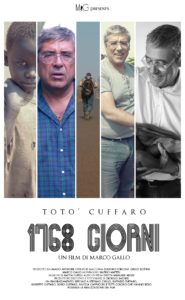 1768 Days is a documentary-film that tells the story of a former president who at the height of his career he lost all the power he had and after 1768 days has regained his freedom as a man, a second life. It is a very important story to me, a piece of history of Sicily Totò Cuffaro because it was the only politician to have served a sentence in prison, was for many the President and today is still “celebrated” by many people, a strangest thing that prompted me to tell this story. I followed him to Rome, Sicily, in Africa … and there we lived an extraordinary and unforgettable experience. 1768 DAYS is definitely one of my most important projects.
1768 Days is a documentary-film that tells the story of a former president who at the height of his career he lost all the power he had and after 1768 days has regained his freedom as a man, a second life. It is a very important story to me, a piece of history of Sicily Totò Cuffaro because it was the only politician to have served a sentence in prison, was for many the President and today is still “celebrated” by many people, a strangest thing that prompted me to tell this story. I followed him to Rome, Sicily, in Africa … and there we lived an extraordinary and unforgettable experience. 1768 DAYS is definitely one of my most important projects. and city around, and will be part of the “City of the temples” of the founder Cristian Moncada, a tourism project and innovative culture in my opinion, and will be presented February 24 to 25 at the tourism Forum at the archaeological park of the Valley of the Temples.
and city around, and will be part of the “City of the temples” of the founder Cristian Moncada, a tourism project and innovative culture in my opinion, and will be presented February 24 to 25 at the tourism Forum at the archaeological park of the Valley of the Temples.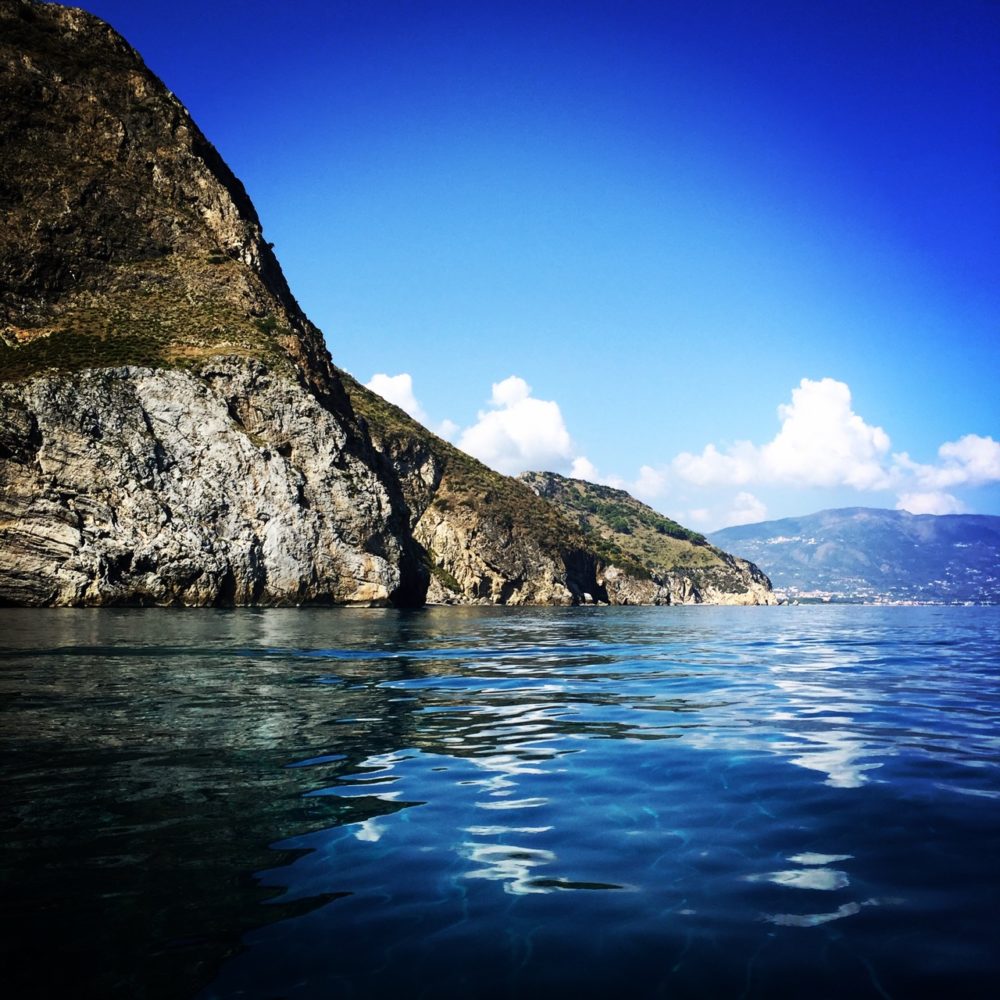
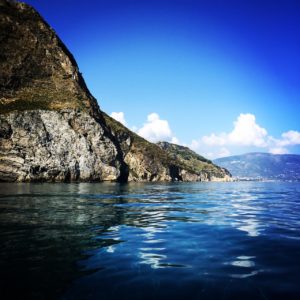 Massimo Falsaci è un artista italiano contemporaneo.
Massimo Falsaci è un artista italiano contemporaneo.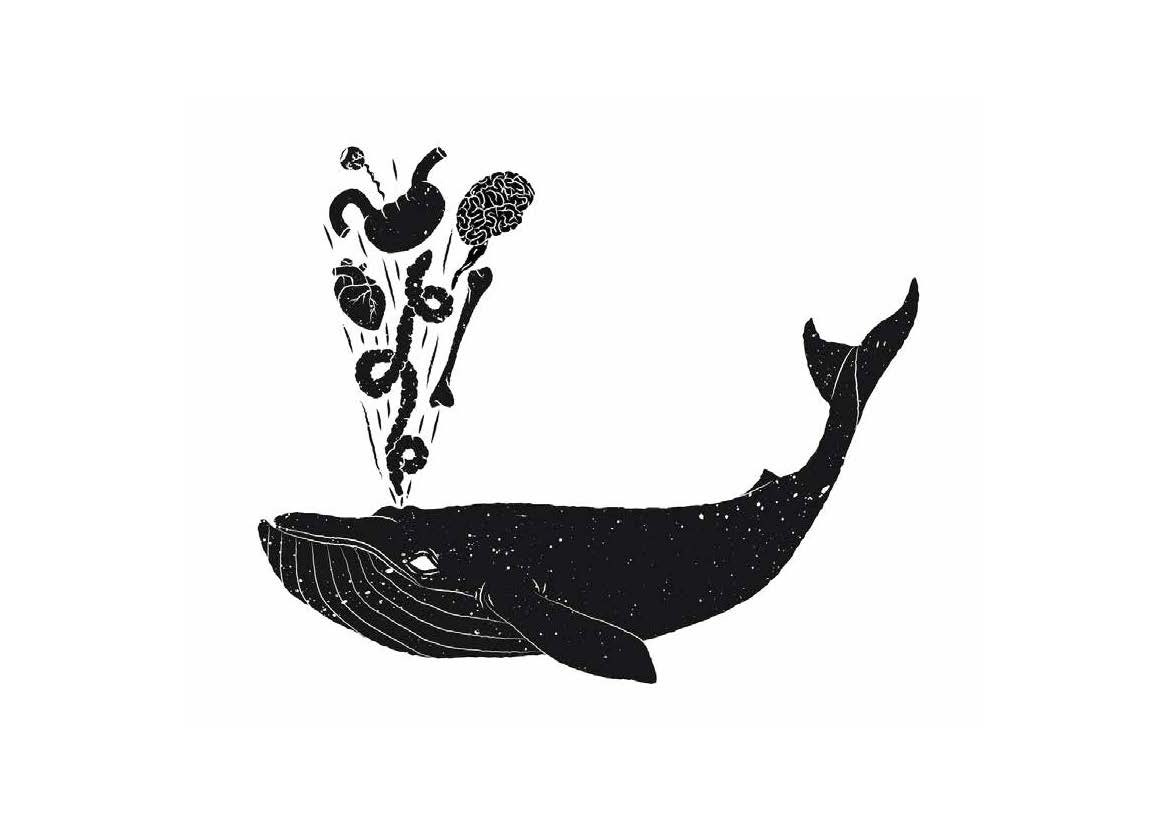
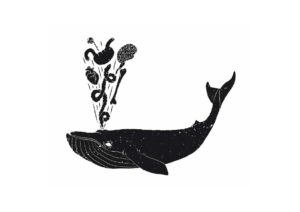 Corda è un giovane artista siciliano emergente che vive a Milano. Riccardo è fortemente appassionato di illustrazione e design.
Corda è un giovane artista siciliano emergente che vive a Milano. Riccardo è fortemente appassionato di illustrazione e design.
 artistica.
artistica.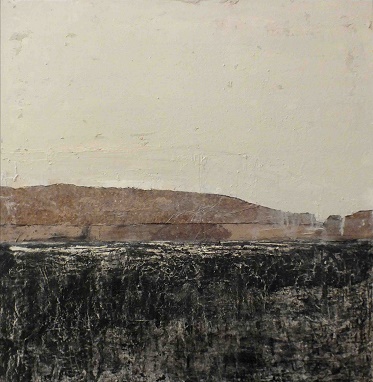
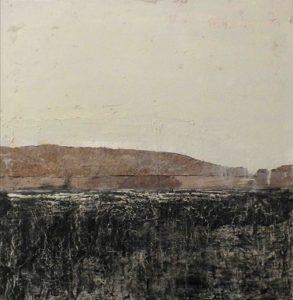 di al Liceo Artistico di Agrigento, la giovane artista emergente siciliana Marilina Marchica studia presso l’Accademia di Belle Arti di Bologna. Qui consegue la Laurea in Pittura con una tesi sulle Architetture urbane.
di al Liceo Artistico di Agrigento, la giovane artista emergente siciliana Marilina Marchica studia presso l’Accademia di Belle Arti di Bologna. Qui consegue la Laurea in Pittura con una tesi sulle Architetture urbane.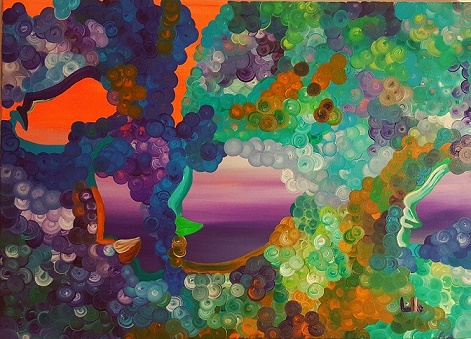
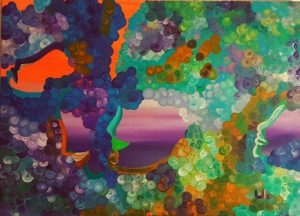 artistica pura. L’artista sta sviluppando un linguaggio artistico personale e riconoscibile. Egli ritiene che il vero senso del lavoro di un artista non stia tanto nella riproduzione del visibile. Esso sta in realtà nella capacità di rendere visibile e comprensibile il mistero della vita umana. Così Lillo esalta il profondo significato della vita, dando vita e colore alla propria anima.
artistica pura. L’artista sta sviluppando un linguaggio artistico personale e riconoscibile. Egli ritiene che il vero senso del lavoro di un artista non stia tanto nella riproduzione del visibile. Esso sta in realtà nella capacità di rendere visibile e comprensibile il mistero della vita umana. Così Lillo esalta il profondo significato della vita, dando vita e colore alla propria anima.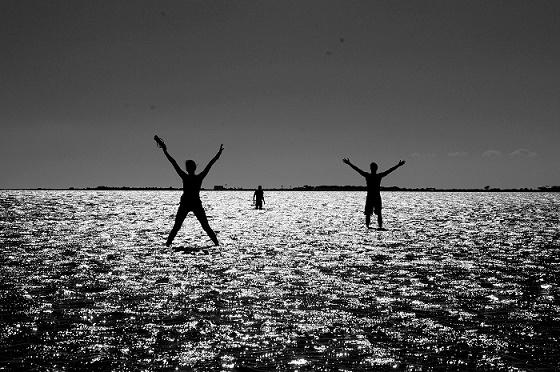
 Questa frase, benché siano passati anni dal corso di fotografia all’Università di Catania, la giovane artista non l’ha mai dimenticata. E tutte le volte che vede qualcosa, anche mentalmente, vive una strana sensazione. Una sensazione simile ad uno scatto che le permette di ricordare e vedere ancora meglio. Lo fa anche nel suo lavoro, quello di giornalista. La giovane fotografa ritiene che l’inquadratura, la luce, il momento in cui un viso assume una specifica contrazione aiutino nel loro insieme chi guarda a sentirsi “più vicino” alle storie, anche se le vive indirettamente magari attraverso uno schermo.
Questa frase, benché siano passati anni dal corso di fotografia all’Università di Catania, la giovane artista non l’ha mai dimenticata. E tutte le volte che vede qualcosa, anche mentalmente, vive una strana sensazione. Una sensazione simile ad uno scatto che le permette di ricordare e vedere ancora meglio. Lo fa anche nel suo lavoro, quello di giornalista. La giovane fotografa ritiene che l’inquadratura, la luce, il momento in cui un viso assume una specifica contrazione aiutino nel loro insieme chi guarda a sentirsi “più vicino” alle storie, anche se le vive indirettamente magari attraverso uno schermo.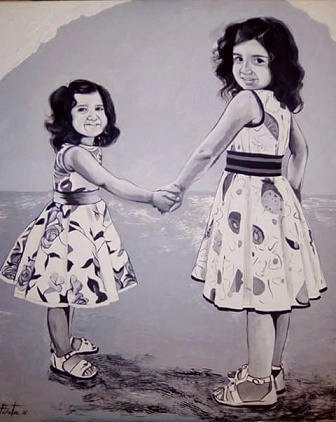
 mergente siciliano il cui percorso di formazione inizia con l’iscrizione alla facoltà di architettura di Palermo e poi ad un corso regionale in cui acquisisce la qualifica di arredatore. La sua istruzione lo porta quindi a scegliere formati regolari quasi sempre 100 x 100. Inoltre essa lo spinge ad abbracciare una tipologia di poetica ispirata da un contrasto di regole. Allo stesso tempo è spinto verso un’insubordinazione delle stesse.
mergente siciliano il cui percorso di formazione inizia con l’iscrizione alla facoltà di architettura di Palermo e poi ad un corso regionale in cui acquisisce la qualifica di arredatore. La sua istruzione lo porta quindi a scegliere formati regolari quasi sempre 100 x 100. Inoltre essa lo spinge ad abbracciare una tipologia di poetica ispirata da un contrasto di regole. Allo stesso tempo è spinto verso un’insubordinazione delle stesse.